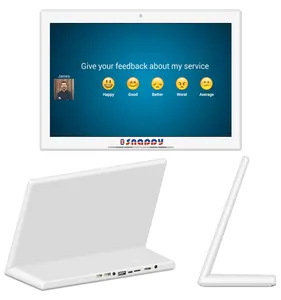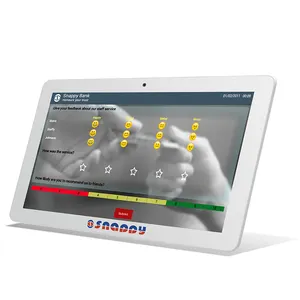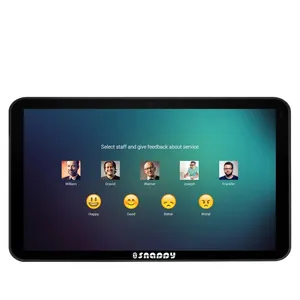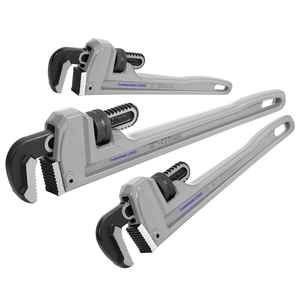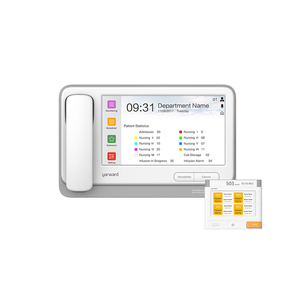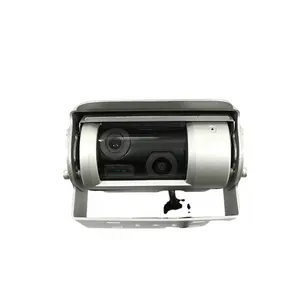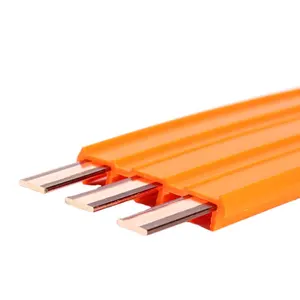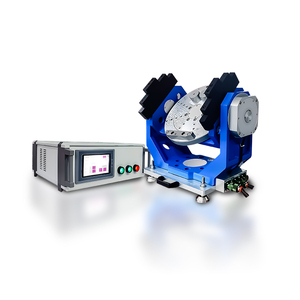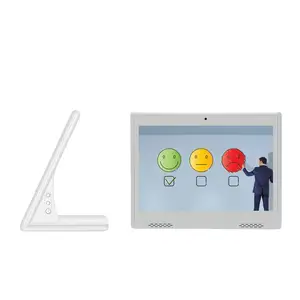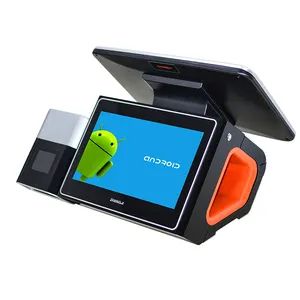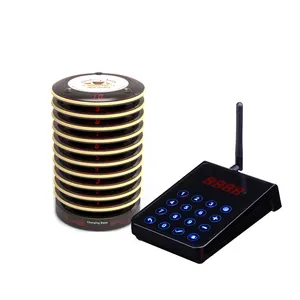Supplier Rating System





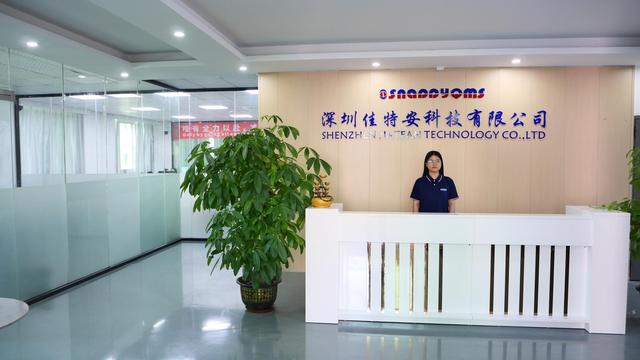

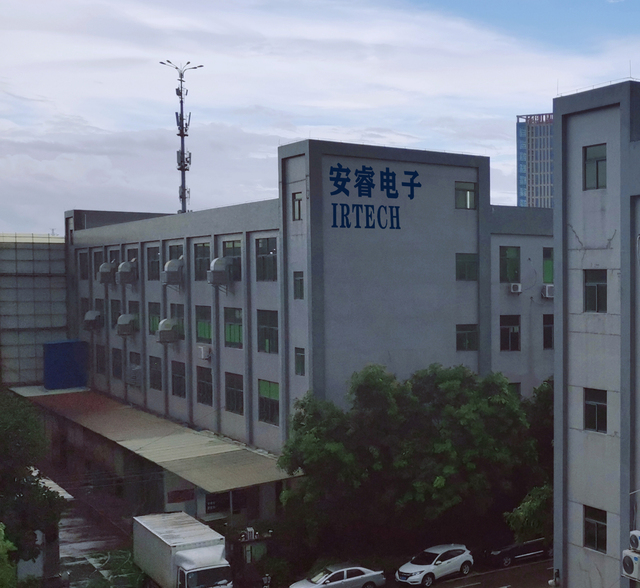

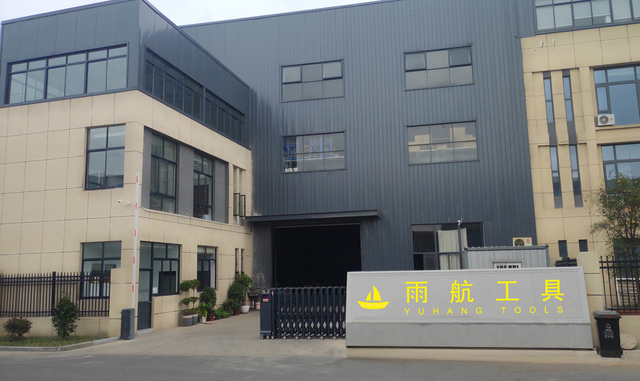


 CN
CN




















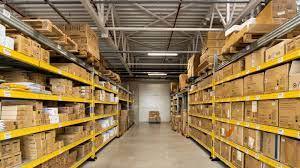

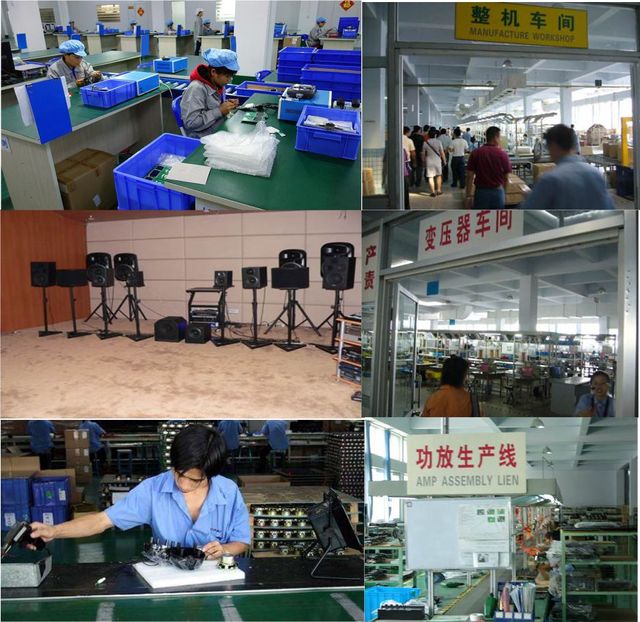

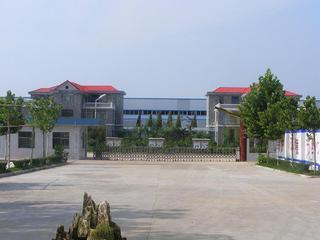


About supplier rating system
Where to Find Supplier Rating System Manufacturers?
China remains the central hub for supplier rating system production, with key manufacturing clusters in Guangdong and Jiangsu provinces driving innovation and cost efficiency. Shenzhen and Guangzhou in Guangdong province host advanced electronics and IoT-focused manufacturers, leveraging proximity to semiconductor suppliers and software development talent. These regions specialize in Android-based customer feedback terminals, integrating touchscreen interfaces, cloud connectivity, and real-time data analytics into compact systems.
The industrial ecosystem supports rapid prototyping and scalable production, with vertically integrated supply chains enabling quick access to components such as LCD panels, NFC readers, and embedded computing modules. Suppliers benefit from localized logistics networks, reducing component lead times by 20–30% compared to offshore alternatives. Buyers can expect standard lead times of 15–30 days for preconfigured units, with customization options available across hardware specifications, branding, and software integration. This concentration facilitates agile sourcing for both small-volume pilot deployments and large-scale enterprise rollouts.
How to Choose Supplier Rating System Providers?
Selecting a reliable partner requires structured evaluation across technical, operational, and transactional dimensions:
Technical & Functional Compliance
Verify that systems support required input modalities—touchscreen, button-based satisfaction ratings (e.g., smiley/frowny icons), or mobile integration. Confirm compatibility with backend management platforms for data aggregation and reporting. For international deployments, ensure firmware supports multilingual UIs and complies with regional data privacy standards (e.g., GDPR, CCPA). Where applicable, validate certifications such as CE, FCC, or RoHS for electronic components.
Production and Customization Capacity
Assess supplier capabilities through the following indicators:
- Minimum factory area exceeding 2,000m² indicating established production infrastructure
- In-house R&D teams capable of customizing display size (7–15.6 inch common), mounting options (desktop, floor-standing, wall-mounted), and peripheral integrations (card readers, ticket dispensers, fingerprint scanners)
- Software development capacity for API integration with CRM or ERP systems
Cross-reference on-time delivery rates (target ≥95%) and response time metrics (≤3 hours) to gauge operational reliability.
Transaction Security and Quality Assurance
Prioritize suppliers offering verifiable quality control processes, including pre-shipment testing protocols and third-party inspection access. Utilize secure payment mechanisms where possible, particularly for initial orders. Request sample units to evaluate build quality, interface responsiveness, and software stability before full procurement. Analyze reorder rates as an indicator of customer satisfaction—suppliers with reorder rates above 25% demonstrate consistent product performance and service delivery.
What Are the Leading Supplier Rating System Manufacturers?
| Company Name | Location | Main Products | Customization Options | On-Time Delivery | Reorder Rate | Avg. Response | Online Revenue | Min. Order Value |
|---|---|---|---|---|---|---|---|---|
| Shenzhen Jiatean Technology Co., Ltd. | Guangdong, CN | Android customer feedback terminals (10–15.6 inch), queue management systems | Display size, color, packaging, software dashboard, wall/hanging brackets, card reader, fingerprint module | 98% | 20% | ≤3h | US $190,000+ | $299–$9,999 |
| Guangzhou Ideal Running Technology Co., Ltd. | Guangdong, CN | 10.1-inch desktop and floor-standing Android feedback kiosks, Happy-or-Not style systems | Limited customization (size, software branding) | 75% | 15% | ≤2h | US $50,000+ | $155–$182 |
| Suzhou Yuhang Import And Export Trade Co., Ltd. | Jiangsu, CN | Mechanical hand tools (wrenches, sockets) | None related to electronic rating systems | 100% | 29% | ≤1h | US $60,000+ | $3.50 (MOQ: 120 pcs) |
| Shenzhen Zhancheng Technology Co., Ltd. | Guangdong, CN | Electronic evaluation kits (MAX, STEVAL series), sensor modules | Board-level electronics, not end-user rating terminals | 100% | <15% | ≤4h | US $500,000+ | $37.50–$113.32 |
| Yarward International Trading Co., Ltd. | Fujian, CN | Waterproof nurse call systems with rating functionality | Color, material, logo, packaging, graphic design, size | 100% | - | ≤2h | - | $299–$3,999 |
Performance Analysis
Shenzhen Jiatean Technology stands out with comprehensive customization capabilities and a strong track record in Android-based feedback systems, supported by a high reorder rate and substantial online revenue. Despite a slightly longer response time, its 98% on-time delivery and integration-ready designs make it suitable for enterprises requiring branded, scalable solutions. Yarward International demonstrates perfect delivery performance and extensive customization, though its nurse call systems serve niche healthcare environments rather than general customer satisfaction use cases.
Guangzhou Ideal Running offers competitively priced 10.1-inch kiosks but lags in delivery consistency (75%), which may pose risks for time-sensitive deployments. Shenzhen Zhancheng, while highly reliable in delivery and backed by significant transaction volume, specializes in electronic evaluation boards—not standalone rating terminals—making it less relevant for end-user deployment. Suzhou Yuhang appears misclassified, listing mechanical tools unrelated to digital rating technology, highlighting the need for careful product verification during sourcing.
FAQs
How to verify supplier rating system reliability?
Cross-check functional claims with product specifications and request demonstration videos or remote access to live systems. Validate company credentials, including business licenses and export history. Review transaction data such as on-time delivery rate, reorder rate, and response time as proxies for service quality. For critical deployments, conduct virtual factory audits to assess production lines and quality control procedures.
What is the typical minimum order quantity (MOQ)?
Most suppliers offer low MOQs of 1 unit for standard models, enabling pilot testing. Bulk pricing typically begins at 10–50 units. Customized hardware may require higher MOQs depending on component retooling needs.
Are software updates and technical support included?
Support policies vary. Some suppliers provide free firmware updates and basic troubleshooting via email or chat. Extended support agreements, including API maintenance and cloud hosting, are often available at additional cost. Clarify post-purchase service terms before ordering.
Can these systems integrate with existing CRM platforms?
Yes, many Android-based terminals support API integration with Salesforce, HubSpot, Microsoft Dynamics, and custom databases. Confirm data export formats (JSON, CSV) and authentication methods (OAuth, API keys) with the supplier prior to deployment.
What are common customization options?
Buyers can typically modify display size (7–15.6 inch), enclosure color and material, mounting configuration, branding (logo, splash screen), language settings, and peripheral integrations (QR code scanner, receipt printer, biometric reader). Software dashboards can be tailored to show real-time sentiment analytics and staff performance metrics.


